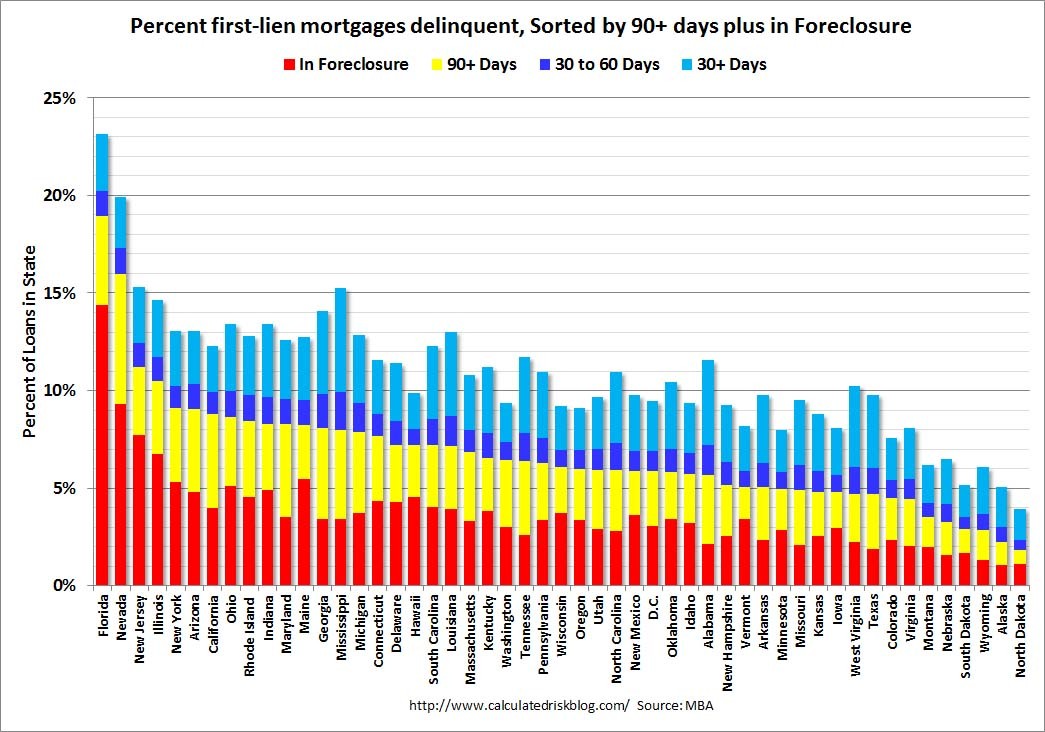MortgageBond Price Tumble Signals New Risks in Markets Bloomberg Business
Post on: 10 Май, 2015 No Comment

July 31 (Bloomberg) — Prices of a new type of U.S. mortgage bonds are plunging this month, teaching investors a lesson on the risks to markets wrought by the growing constraints on Wall Street banks.
The $8.2 billion of risk-sharing securities sold in the last year by government-controlled Fannie Mae and Freddie Mac can shift their losses from homeowner defaults to bond buyers. One slice of a deal issued in May traded at 95.7 cents on the dollar yesterday, down from 99.7 cents at the end of last month, according to Trace, the bond-price reporting system of the Financial Industry Regulatory Authority.
While JPMorgan Chase & Co. analysts say they fail to see “any fundamental reason” for the tumble, investors from CQS U.K. LLP to Calvert Investment Management Inc. are speculating that the drop is mainly about the growing amount of the debt running into limits created by new regulations on bond dealers’ ability to smooth trading by building up their inventories.
“It could be symbolic of what could happen more broadly in a real ‘risk-off’ environment,” Bill Murray, a New York-based money manager at $14 billion hedge-fund firm CQS, said in an interview.
While investors are backing away from riskier assets across fixed-income markets this month, the Fannie Mae and Freddie Mac bonds saw some of the biggest drops. Prices of the largest junk-rated corporate loans have fallen to 98.6 cents on the dollar, from about 99 cents on June 30, according to the Standard & Poor’s/LSTA U.S. Leveraged Loan 100 index.
Dealers ‘Disappeared’
Not all home-loan debt is suffering. Subprime-mortgage securities issued before the 2008 financial crisis gained 2.1 percent this month, bringing 2014 returns to almost 10 percent, Barclays Plc index data show.
As a few holders continued selling the Fannie Mae and Freddie Mac securities without an immediate emergence of investor demand, most of the dealers active in trading the debt “disappeared,” said Vishal Khanduja, a money manager at Bethesda, Maryland-based Calvert, which oversees about $13 billion.
Until recently, “everybody wanted to trade it: I think there were 10 to 12 dealers messaging me and looking to make markets,” Khanduja said in a telephone interview. “It’s partially indicative of the regulations’ impact on their balance sheets.”
Reduced Holdings
Dealers have reduced their bond holdings in response to rules ranging from the international Basel III accord on banks’ capital to the U.S. Volcker Rule limiting their ability to make bets with their own money. An expansion of Finra’s Trace trade disclosures to more types of debt is also increasing risks and cutting into profits for market makers.
Inventories of corporate securities and other debt without government backing at the biggest dealers fell to $56 billion in March 2013 from as much as $235 billion in 2007, according to the last Federal Reserve data before a change in calculations.
The Fannie Mae and Freddie Mac risk-sharing notes, tied to loans made in a post-crisis period of tightened standards and soaring home prices, have attracted buyers from mutual funds, hedge funds and real-estate investment trusts to pensions, insurers and banks, the issuers have said in statements.
The underlying loans have experienced minimal delinquencies, reflecting their “better credit attributes than historical averages,” with only 0.17 percent of borrowers late on payments, Fitch Ratings said in a report this month.
Riskiest Portion
The riskiest portion of Freddie Mac’s first deal, which was sold a year ago, soared as high as 132.3 cents on the dollar on July 1, before falling to 129.7 cents this week. The securities pay a coupon of 7.15 percentage points more than a one-month borrowing benchmark, compared with 2.6 percentage points for the similar portion of Fannie Mae’s deal in May.
Prices in the market began tumbling as Fannie Mae prepared to offer a $2.1 billion deal, the largest yet, that priced July 17, amid the firms’ plans to sell the notes each quarter. Freddie Mac is planning a $1.1 billion transaction next week, according to a person with knowledge of the transaction, who asked not to be named citing lack of authorization to speak publicly.
Two big auctions of $8 billion of older mortgage bonds without government backing this month also drew “attention away” from the market, JPMorgan analysts led by John Sim wrote in a July 25 report. At the same time, dealers were “slowly getting long” the Fannie Mae notes, bringing holdings of riskier portions to about $250 million, according to the report, which cited Trace data.
Invesco Mortgage Capital Inc. the Atlanta-based REIT managed by Invesco Ltd. owned $431 million of the Fannie Mae and Freddie Mac securities, with a value of $506.6 million, on June 30, according to an earnings statement.
The company views “any additional widening as an opportunity to add to our position,” Chief Investment Officer John Anzalone said yesterday on a conference call.
To contact the reporter on this story: Jody Shenn in New York at jshenn@bloomberg.net
To contact the editors responsible for this story: Shannon D. Harrington at sharrington6@bloomberg.net John Parry, Chapin Wright














